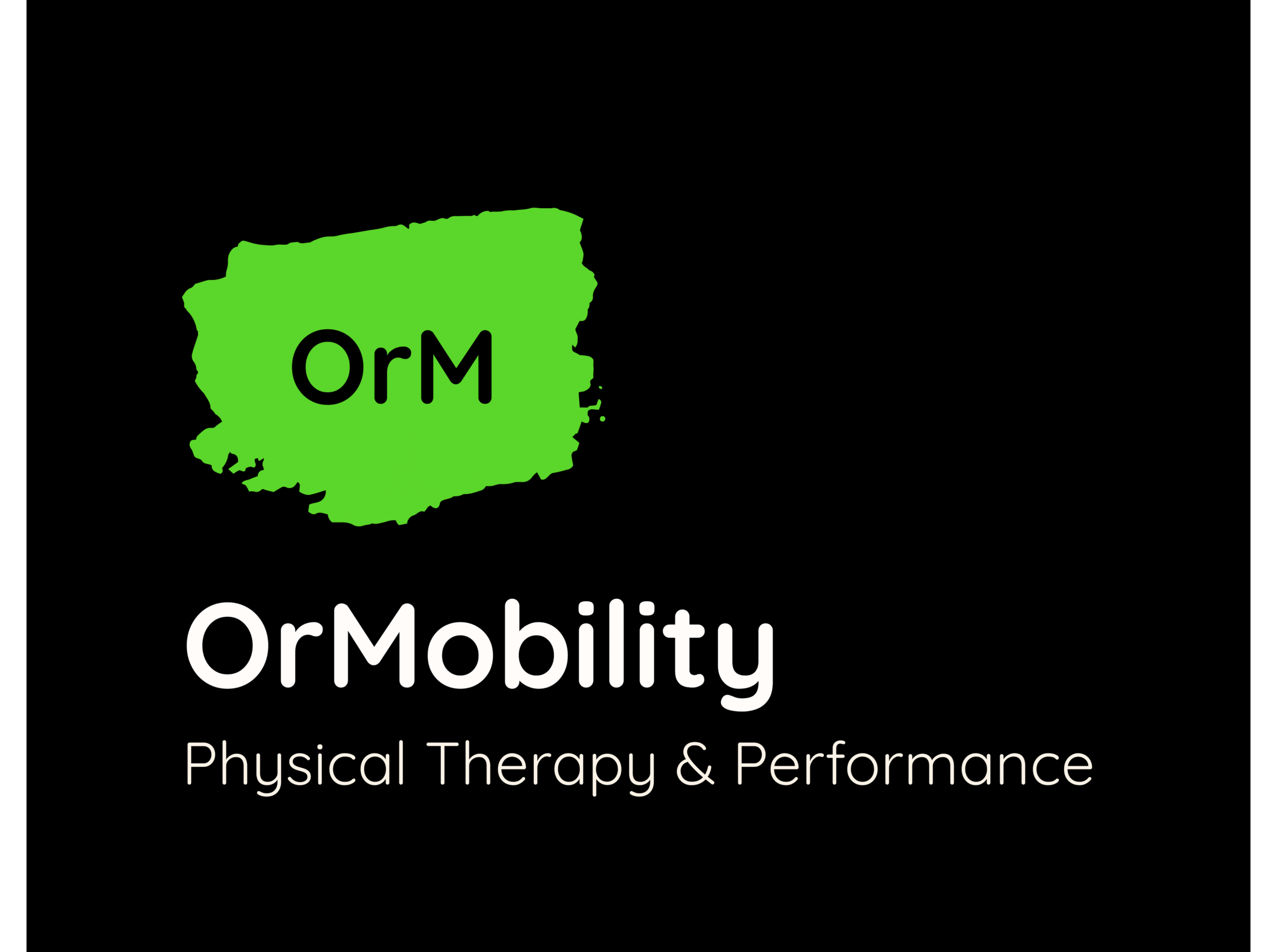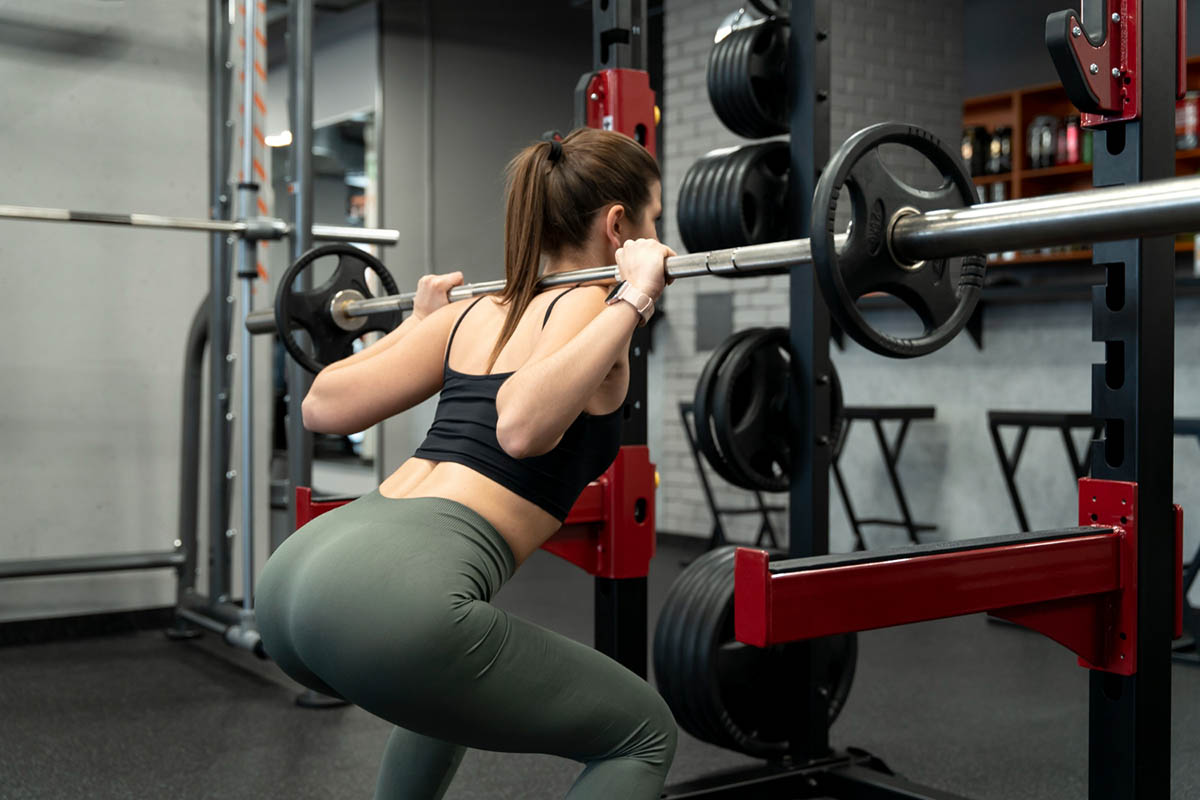Working out is a fantastic way to maintain overall health and well-being, but many people find themselves asking, “Why does my lower back hurt after working out?” Lower back pain after exercise is a common issue that can affect anyone, from recreational athletes to seasoned fitness enthusiasts. This type of pain can range from mild discomfort to severe lower back pain after a workout. While the pain is not always a cause for concern, it’s important to understand its origins and how to prevent it from interfering with your daily life. In this blog, we’ll explore the causes, symptoms, treatments, and prevention strategies for lower back pain post-workout.
Is Lower Back Pain After Workout Normal?
Lower back pain after a workout is quite common, especially for those who engage in intense physical activities or who may be new to a particular exercise routine. Studies show that athletes commonly suffer from lower back pain (LBP), with point prevalence ranging between 10% and 67%. Additionally, one-year prevalence can range from 17% to 94%, while lifetime prevalence sits between 33% and 84%. This type of pain can sometimes be linked to delayed-onset muscle soreness, which occurs when the muscles in the lower back become fatigued or strained due to exertion. However, it’s important to differentiate between typical post-exercise soreness and acute pain that may indicate injury.
When pain strikes the lower back, it can affect body movement and make normal activity more difficult. The lumbar spine, or lower back, plays a crucial role in stabilizing the entire body during physical exercise, so even mild discomfort in this area can have widespread effects on body regions like the hips, legs, and even upper body.
When to Be Concerned About Lower Back Pain After a Workout?
While mild lower back pain after exercise is common, severe pain or discomfort that gets progressively worse, particularly if it’s sharp or shooting, could be a sign of a more serious issue. Pain that radiates down your legs, or causes numbness and weakness in the lower body, may indicate nerve involvement, such as a pinched nerve or issues with the spinal discs. If your lower back pain after workout persists beyond a few days or worsens with movement, it’s advisable to consult a medical professional or spine specialists to rule out conditions like degenerative disc disease or spinal stenosis.
Common Causes of Lower Back Pain After Workout
There are several reasons why your lower back hurts after working out. Understanding these causes can help you adjust your routine to minimize pain and prevent injury.
Overuse Injuries
Overuse injuries occur when the lumbar muscles and surrounding connective tissues are pushed beyond their capacity, often due to repetitive motions or overexertion. Among weightlifters and those engaging in intense strength training, lower back pain is one of the most common complaints. Studies show that approximately 40.8% of athletes experience lower back issues related to their training, often due to the repetitive nature of heavy lifting and improper form. Heavy weights and excessive physical exercise without adequate rest time can lead to this condition. Overuse injuries can manifest as persistent soreness, tightness, or a single spot of pain in the lower back.
Poor Exercise Form
Improper form during exercises, particularly with heavy lifting or movements like squats and deadlifts, can put undue stress on the lumbar spine. For instance, lifting with your back instead of your legs, or failing to maintain a neutral position, increases the strain on the lower back muscles and spinal joints. Ensuring that you follow the correct squatting technique and other form cues can significantly reduce pain risks.
Weak Core Muscles
A strong core provides stability to the spine during physical activities. Weak abdominal muscles can lead to poor posture and inadequate support for the lumbar muscle group, forcing your lower back to compensate. This can result in overuse and strain during exercises. Incorporating abdominal strengthening exercises into your routine can improve core strength benefits and alleviate lower back strain.
Dehydration
Dehydration affects body functions like muscle contraction and flexibility, increasing the risk of muscle cramps and injury. Body warm-up and staying hydrated before, during, and after your workout can help maintain flexibility and reduce the likelihood of lower back pain after exercise.
Pinched Nerve

A pinched nerve can occur when tissues surrounding the spine compress a nerve, leading to lower back pain that can radiate into the hips and legs, often causing leg pain during or after physical activity. This condition may require rest and possibly intervention from a medical professional if the pain during exercise persists.
Venous Insufficiency
When blood flow from the lower back and legs is restricted due to venous insufficiency, it can cause lower back pain after workout due to poor circulation. This can often feel like a dull ache or heaviness in the legs or back and may require medical treatment to improve circulation.
Pre-Existing Conditions
Those with pre-existing conditions, such as degenerative disc disease, bone spurs, or spinal stenosis, may be at higher risk for experiencing severe lower back pain after workout. Medical experts recommend modifying exercises and seeking advice on postures that won’t aggravate these underlying issues.
Symptoms of Lower Back Pain After Workout
The symptoms of lower back pain after a workout can vary depending on the cause. Common symptoms include:
- Dull or sharp pain in the lower back
- Muscle spasms or tightness in the lumbar muscle area
- Pain that worsens with movement, particularly bending or twisting
- Stiffness or limited mobility
- Radiating pain into the hips or legs
- Increased pain when lifting objects or performing exercises
In cases of more serious injury, symptoms like numbness, tingling, or weakness in the legs could indicate nerve involvement, requiring immediate attention from a medical professional.
Treatment for Lower Back Pain After Workout
If you experience lower back pain after exercise, there are several effective treatment methods you can try to alleviate discomfort and promote recovery.
Rest and Ice Therapy
Resting allows the affected muscles and tissues to heal, while applying ice to the lumbar spine can help reduce inflammation and numb pain. This method is especially effective for treating acute pain and preventing further injury.
Pain Medications
Over-the-counter medications like anti-inflammatories and muscle relaxants can help provide additional pain relief by reducing inflammation and easing muscle tension. However, it’s important to follow the recommended dosage and consult a medical professional if pain persists.
Physical Therapy
Working with a physical therapist can help address the root cause of your lower back pain. Physical therapists use exercises to strengthen abdominal muscles, improve flexibility, and enhance body awareness, helping to correct posture and improve body movement. This is especially helpful for those with pre-existing conditions or recurring back pain.
Massage
Massage therapy can help relax tight muscles, improve blood flow, and promote healing in the lumbar muscle group. It is an effective way to relieve lower back pain and prevent stiffness.
Prevention Strategies for Lower Back Pain After Workout
Preventing lower back pain after exercise requires a combination of proper technique, strengthening exercises, and adequate rest. Here are some proven strategies:
Proper Warm-up and Cool-down
Starting every workout with a proper warm-up prepares your entire body for exercise and minimizes the risk of injury. Aerobic activity like light jogging or cycling can improve blood flow to the lumbar spine, while a cool-down helps muscles recover.
Focus on Form
Focusing on correct form during every exercise, especially during heavy lifting, is critical. Pay attention to your starting position, ensuring that your feet are flat and your spine remains in a neutral position. Using proper form helps reduce strain on the lower back and supports spinal joints.
Gradual Progression
Avoid overloading your body by gradually increasing the intensity and duration of your workouts. Jumping into high-intensity routines too quickly can lead to overuse injuries and lumbar strain.
Strengthening the Core and Lower Back
Strengthening your abdominal muscles and lower back with exercises like planks, bridges, and deadlifts can improve stability and prevent lower back pain. These exercises offer significant core strength benefits that help protect the lumbar spine during physical activity.
Stretching and Flexibility Work
Regular stretching of the hip flexors, hamstrings, and lower back improves flexibility and helps maintain the health of connective tissues. Stretching also enhances mobility in your spinal joints, preventing injury.
Rest and Recovery
Allowing your body time to rest between workouts is crucial to avoiding overuse injuries and promoting healing in fatigued muscles. Incorporating sufficient rest time into your routine ensures that your lower back and other muscles recover fully before your next session.
How Ormobility Physical Therapy Can Help

At Ormobility Physical Therapy, our experienced team specializes in treating and preventing lower back pain after workout. Whether you’re dealing with a minor lumbar strain or a more serious condition like degenerative disc disease, our therapists use a range of techniques to help you recover. From personalized exercises to manual therapy, we focus on addressing the root cause of your pain and improving your overall fitness.
Conclusion
Dealing with lower back pain after exercise can be frustrating, but with the right approach, it’s manageable. By understanding the causes, recognizing symptoms, and using effective prevention and treatment strategies, you can keep your lower back healthy and pain-free. Remember to listen to your body, use proper form, and seek professional help if necessary.
At Ormobility Physical Therapy & Performance, we specialize in helping individuals recover from and prevent injuries, including the all-too-common pain in lower back that can arise after a workout. Our expert team offers personalized physical therapy treatment designed to target the root cause of your pain, whether it’s from overuse, poor form, or underlying conditions. With a focus on long-term recovery and performance, Ormobility ensures that you can get back to your fitness routine stronger and pain-free.
FAQ’s
Can too much exercise cause back pain?
Yes, too much physical exercise, especially without proper rest time, can strain the lumbar spine and lead to lower back pain after workout. It’s important to balance workouts with adequate recovery to avoid injury.
How to relieve lower back pain after working out?
To relieve lower back pain after a workout, consider using rest and ice therapy, anti-inflammatories, and gentle stretching. For more serious or persistent pain, consult a medical professional for a tailored treatment plan.
Should I work out if my lower back hurts?
If your lower back pain after workout is mild, you may continue exercising but should focus on low-impact activities and strengthening your core. If you experience severe pain or symptoms like numbness, it’s best to stop exercising and seek medical advice before continuing.


